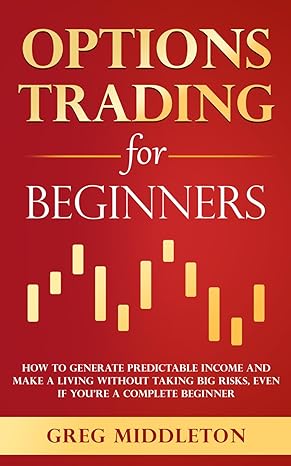Question
Hatfield Medical Supplys stock price had been lagging its industry averages, so its board of directors brought in a new CEO, Jaiden Lee. Lee had
Hatfield Medical Supplys stock price had been lagging its industry averages, so its board of directors brought in a new CEO, Jaiden Lee. Lee had brought in Ashley Novak, a finance MBA who had been working for a consulting company, to replace the old CFO, and Lee asked Novak to develop the financial planning section of the strategic plan. In her previous job, Novaks primary task had been to help clients develop financial forecasts, and that was one reason Lee hired her.
Novak began by comparing Hatfields financial ratios to the industry averages. If any ratio was substandard, she discussed it with the responsible manager to see what could be done to improve the situation. The following data show Hatfields latest financial statements plus some ratios and other data that Novak plans to use in her analysis.
| Balance Sheet | 12/31/2019 | Income Statement | 12/31/2019 | |
| Cash | $ 90 | Sales | $ 9,000.9 | |
| Accounts receivable | $ 1,260 | Operating Costs | $ 8,100.9 | |
| Inventories | $ 1,440 | Depreciation | $ 360.0 | |
| Total Current Assets | $ 2,790 | EBIT | $ 540.0 | |
| Net fixed assets | $ 3,600 | Interest | $ 144.0 | |
| Total Assets | $ 6,390 | Pre-tax earnings | $ 396.0 | |
| Taxes (25%) | $ 99.00 | |||
| Accounts payable & accruals | $ 1,620 | Net Income | $ 297.00 | |
| Line of credit | $ - | |||
| Total Current Liabilities | $ 1,620 | Additional Information | ||
| Long-term debt | $ 1,800 | Dividends | $ 100 | |
| Total Liabilities | $ 3,420 | Additions to RE | $ 197 | |
| Common stock | $ 2,100 | Common shares | 50 | |
| Retained earnings | $ 870 | EPS | $ 5.94 | |
| Total common equity | $ 2,970 | DPS | $ 2.00 | |
| Total Liabilities & Equity | $ 6,390 | Ending stock price | $ 40.00 | |
| Hatfield | Industry | |||
| (Op. costs)/Sales | 90% | 88% | ||
| Depr./FA | 10% | 12% | ||
| Cash/Sales | 1% | 1% | ||
| Receivables/Sales | 14% | 11% | ||
| Inventories/Sales | 16% | 15% | ||
| Fixed assets/Sales | 40% | 32% | ||
| (Acc. Pay. & accr.)/Sales | 18% | 12% | ||
| Tax rate | 25% | 25% | ||
| Target WACC | 10% | 11% | ||
| Interest rate on debt | 8% | 7% | ||
| Profit margin (M) | 3.30% | 5.60% | ||
| Return on assets (ROA) | 4.60% | 9.50% | ||
| Return on equity (ROE) | 10.00% | 15.10% | ||
| Sales/Assets | 1.41 | 1.69 | ||
| Asset/Equity | 2.15 | 1.59 | ||
| Debt/TA | 28.20% | 16.90% | ||
| (Total Liabilities)/(Total Assets) | 53.50% | 37.30% | ||
| Times interest earned | 3.80 | 11.70 | ||
| P/E ratio | 6.70 | 16.00 | ||
| OP ratio: NOPAT/Sales | 4.50% | 6.10% | ||
| CR ratio: (Total op. capital)/Sales | 53.00% | 47.00% | ||
| ROIC | 8.50% | 13.00% | ||
Define the term self-supporting growth rate. What is Hatfields self-supporting growth rate? Would the self-supporting growth rate be affected by a change in the capital intensity ratio or the other factors mentioned in the previous question? Other things held constant, would the calculated capital intensity ratio change over time if the company were growing and were also subject to economies of scale and/or lumpy assets?
Step by Step Solution
There are 3 Steps involved in it
Step: 1

Get Instant Access to Expert-Tailored Solutions
See step-by-step solutions with expert insights and AI powered tools for academic success
Step: 2

Step: 3

Ace Your Homework with AI
Get the answers you need in no time with our AI-driven, step-by-step assistance
Get Started


